Published: April 30, 2023 | Last Updated on: May 2, 2023 | by Hema
Hand Foot and Mouth Disease (HFMD) is a common viral illness that typically affects infants and children under the age of 5. The disease is caused by the Coxsackie virus, and it can lead to painful blisters and sores on the hands, feet, and mouth. In this blog, we will discuss how to recognize, treat, and prevent HFMD in children.
Jump To hide Hand Foot and Mouth Diseases in Kids: How to Recognize, Treat, and Prevent? Recognizing Hand Foot and Mouth Disease in Children Preventing Hand Foot and Mouth Disease in Children 1. Practice good hygiene: 2. Avoid contact with infected individuals: 3. Disinfect surfaces and toys: 4. Keep your child home if they are sick: How to Treat HFMD in Children? 1. Manage the fever: 2. Soothe the sore throat: 3. Treat the blisters and sores: 4. Keep the child hydrated: 5. Be Careful about Your Child’s Diet Frequently Asked Questions What are the typical symptoms of Hand Foot and Mouth Disease (HFMD) in children? How is HFMD treated in children? How can I prevent my child from getting HFMD? When should I take my child to see a doctor for HFMD? Can children with HFMD attend school or daycare? Buy Healthy Nutritious Baby, Toddler food made by our own Doctor Mom !Hand Foot and Mouth Diseases in Kids: How to Recognize, Treat, and Prevent?

Recognizing Hand Foot and Mouth Disease in Children
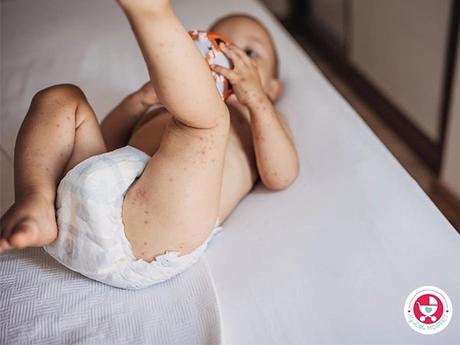
The symptoms of HFMD usually appear within 3 to 5 days after exposure to the virus. The early symptoms of the disease include:
● Fever
● Sore throat
● Loss of appetite
● A general feeling of malaise


After a day or two of these early symptoms, children will often develop a rash on their hands and feet. The rash may also appear on the buttocks or genital area. The rash can be painful and itchy, and it may develop into blisters or sores. In some cases, the rash may also appear in the mouth, causing painful blisters and sores on the tongue, gums, and inside of the cheeks.
Preventing Hand Foot and Mouth Disease in Children
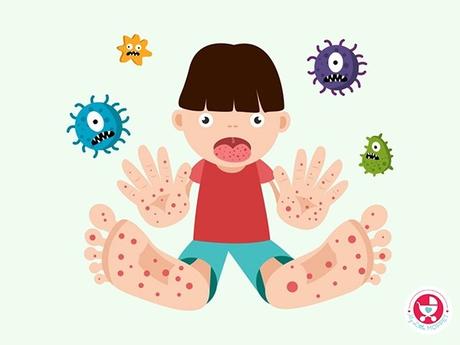
HFMD is a highly contagious illness, and it can spread easily from person to person. There are several things that parents can do to help prevent their child from contracting the disease.
1. Practice good hygiene:

Encourage your child to wash their hands frequently, especially after using the bathroom, before eating, and after playing outside. Make sure that your child uses soap and warm water to wash their hands for at least 20 seconds.
2. Avoid contact with infected individuals:
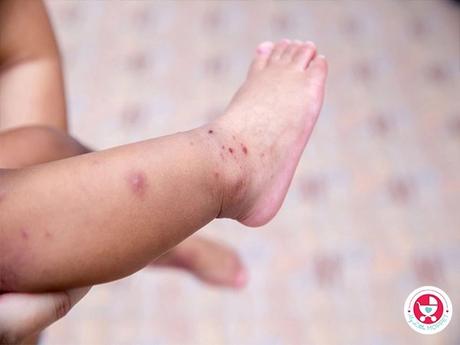
If you know that someone in your child’s school or daycare has Hand, Foot, and Mouth Disease, try to keep your child away from that person until they have fully recovered.
3. Disinfect surfaces and toys:
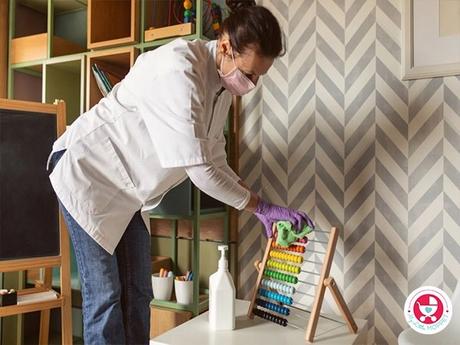
HFMD can live on surfaces for several hours, so it is important to disinfect toys, doorknobs, and other commonly touched surfaces regularly.
4. Keep your child home if they are sick:

If your child is showing symptoms of HFMD, keep them home from school or daycare until they have fully recovered. This can help to prevent the spread of the virus to other children.
How to Treat HFMD in Children?
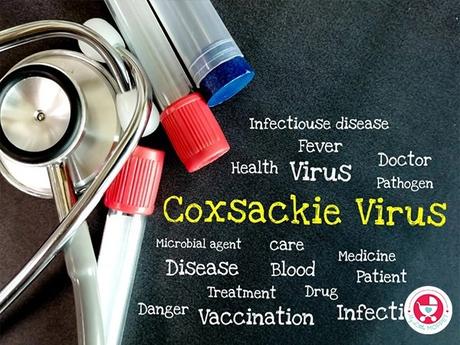
There is no specific treatment for Hand, Foot, and Mouth Disease, and the illness usually resolves on its own within 7 to 10 days. However, there are several things that parents can do to help ease their child’s symptoms and speed up the healing process:
1. Manage the fever:

Children with HFMD often develop a fever, which can make them feel uncomfortable. Over-the-counter fever reducers, such as acetaminophen or ibuprofen, can help to bring down the fever and make the child feel better.
2. Soothe the sore throat:
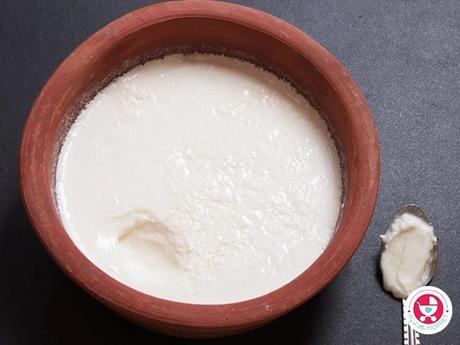
Children with Hand Foot and Mouth Disease may experience a sore throat, which can make it difficult for them to swallow. Cold drinks and soft foods, such as ice cream, yogurt, or mashed potatoes, can help to soothe the throat and make it easier for the child to eat.
3. Treat the blisters and sores:

The blisters and sores on the hands, feet, and mouth can be painful and uncomfortable. Pain relievers, recommended by the pediatricians, can help to ease the pain. Parents can also apply a topical numbing gel or cream to the affected areas to help reduce the pain.
4. Keep the child hydrated:

It is important to make sure that the child stays hydrated during their illness. Encourage the child to drink plenty of fluids, such as water, juice, or homemade health drinks, to prevent dehydration.
5. Be Careful about Your Child’s Diet
Soft foods like mashed or pureed things will be ideal for your child with HFMD. Cold drinks, popsicle sticks, and ice-creams will also help soothe their mouth discomfort.
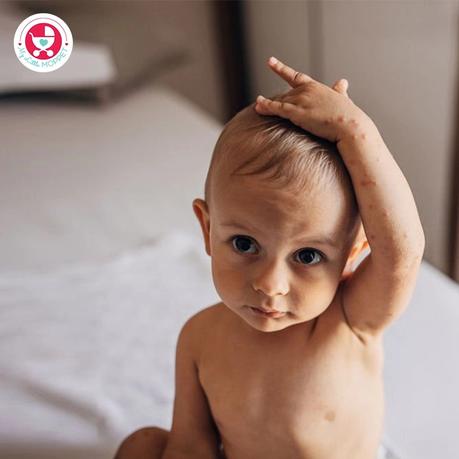
In conclusion, Hand Foot and Mouth Disease is a viral illness that can be easily recognized, treated, and prevented. Parents and caregivers need to be aware of the symptoms of the disease and take appropriate steps to manage their child’s symptoms and prevent the spread of the virus. With good hygiene practices, disinfection of surfaces and toys, and keeping sick children home from school or daycare, parents can help to minimize the impact of HFMD on their children and prevent its spread in their communities. If you suspect that your child has Hand Foot and Mouth Disease, it is important to consult with a healthcare provider for appropriate treatment and guidance.
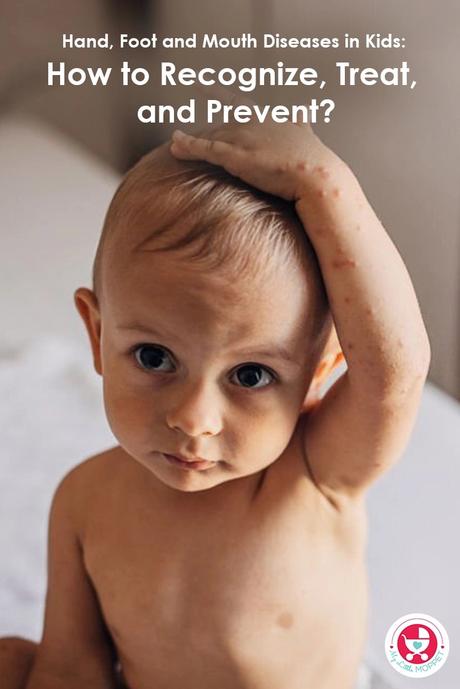
Frequently Asked Questions
What are the typical symptoms of Hand Foot and Mouth Disease (HFMD) in children?
HFMD is typically characterized by the appearance of small, red blisters or sores in and around the mouth, as well as on the hands, feet, and sometimes on the buttocks or genital area. Other symptoms may include fever, sore throat, and a general feeling of discomfort or malaise.
How is HFMD treated in children?
There is no specific treatment for HFMD, as it is a viral infection that usually resolves on its own within a week or two. However, there are a number of steps that can be taken to help relieve symptoms and prevent complications. These may include getting plenty of rest, drinking fluids to stay hydrated, and taking over-the-counter pain relievers to ease discomfort.
How can I prevent my child from getting HFMD?
The best way to prevent HFMD is to practice good hygiene habits, such as washing hands frequently with soap and water, avoiding close contact with people who are sick, and keeping surfaces and toys clean and disinfected. It is also important to ensure that your child is up-to-date on their vaccinations, as some vaccines may help to prevent or reduce the severity of HFMD.
When should I take my child to see a doctor for HFMD?
In most cases, HFMD is a mild illness that does not require medical treatment. However, you should contact your child’s doctor if you notice any signs of dehydration, such as decreased urination or dry mouth, or if your child has a fever that lasts more than a few days. Additionally, you should seek medical attention if your child develops any unusual or severe symptoms, such as difficulty breathing or a stiff neck.
Can children with HFMD attend school or daycare?
In general, children with HFMD should stay home from school or daycare until their symptoms have resolved and they are no longer contagious. This usually means waiting until all blisters have crusted over and your child’s fever has been gone for at least 24 hours. Your child’s doctor can provide specific guidance on when it is safe for them to return to school or daycare.
Buy Healthy Nutritious Baby, Toddler food made by our own Doctor Mom !
Shop now!You may also like
- 5 Hygiene Steps to Prevent Infectious Diseases in Children

- 9 Tips to Protect Babies from Rainy Season Diseases

- 10 Natural Ways to prevent Mosquitoes
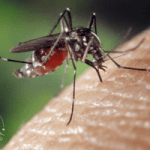
- How to Prevent Excess Sweating in Babies

- 10 things to know to prevent Heart Disease in Children

- 15 Practical Tips to Prevent Childhood Obesity

Filed Under: Baby, Baby health, Home Remedies Tagged With: Causes and prevention of HFMD, Hand Foot and Mouth Disease in Children, How to prevent Hand Foot and Mouth Disease in Children, How to recognize HFMD, What is HFMD
